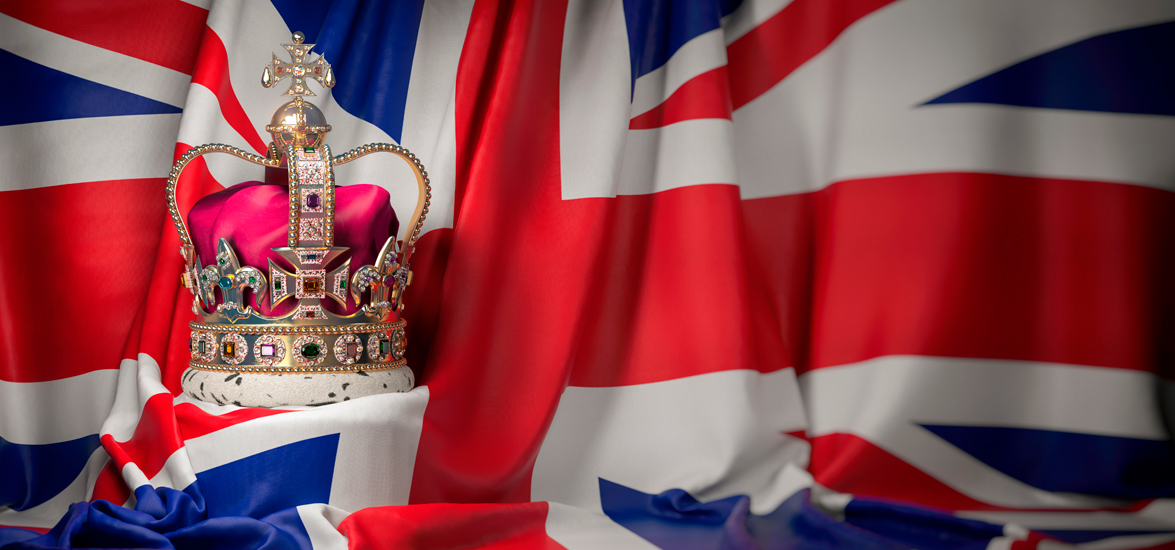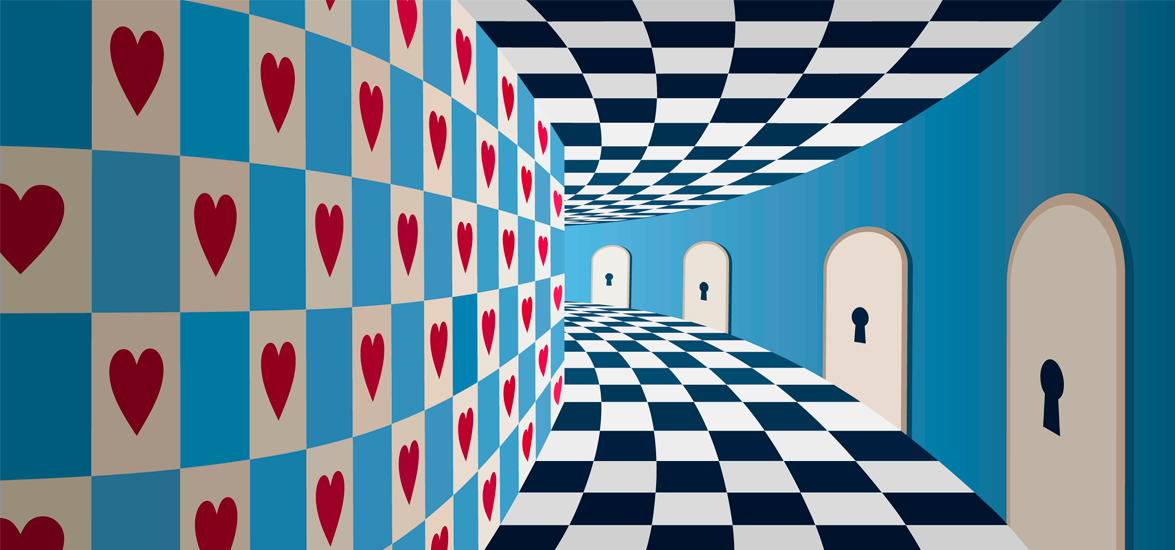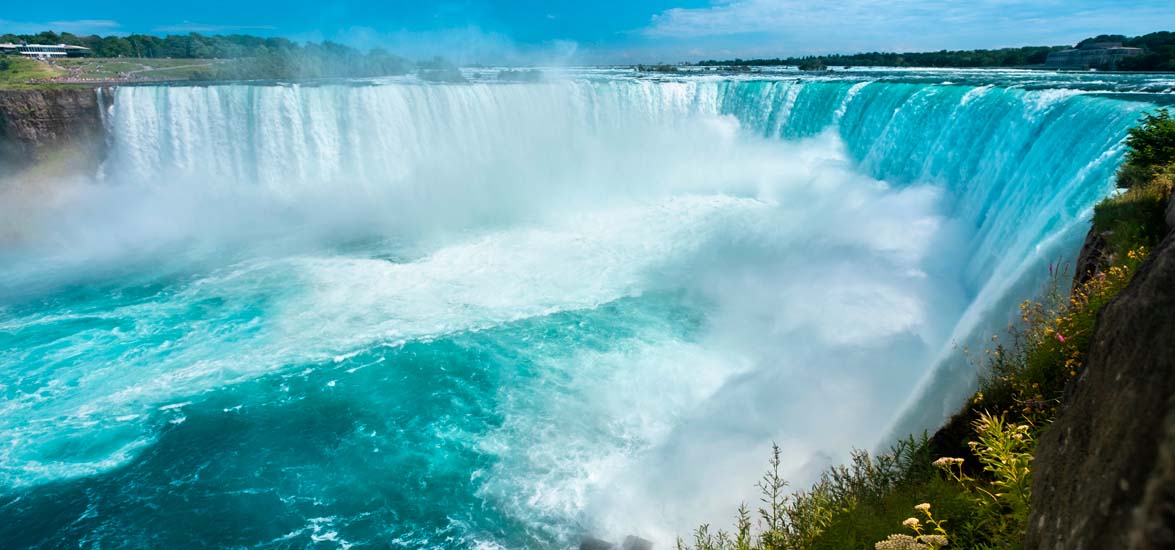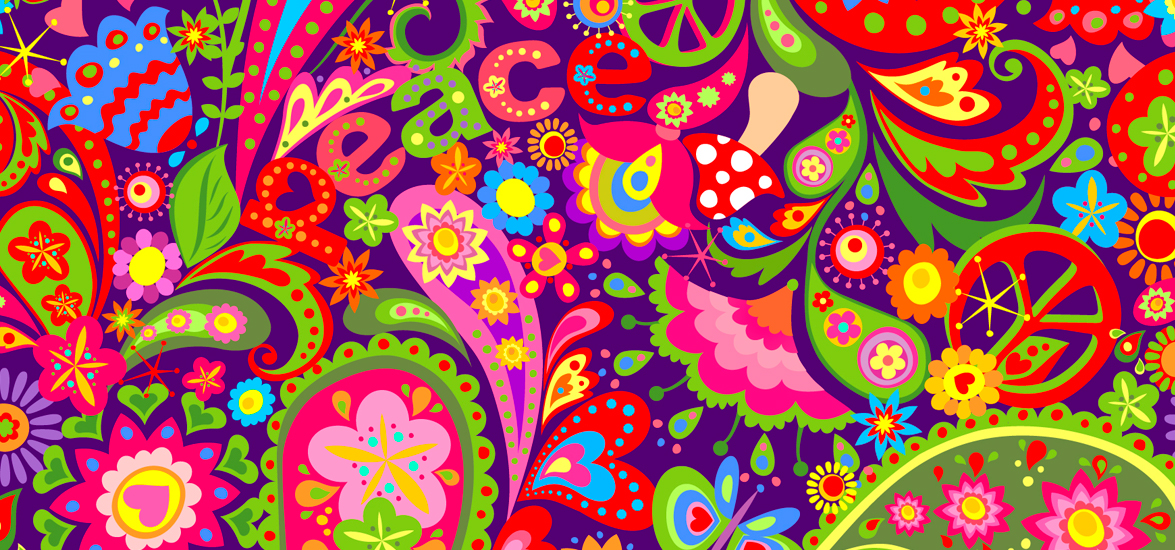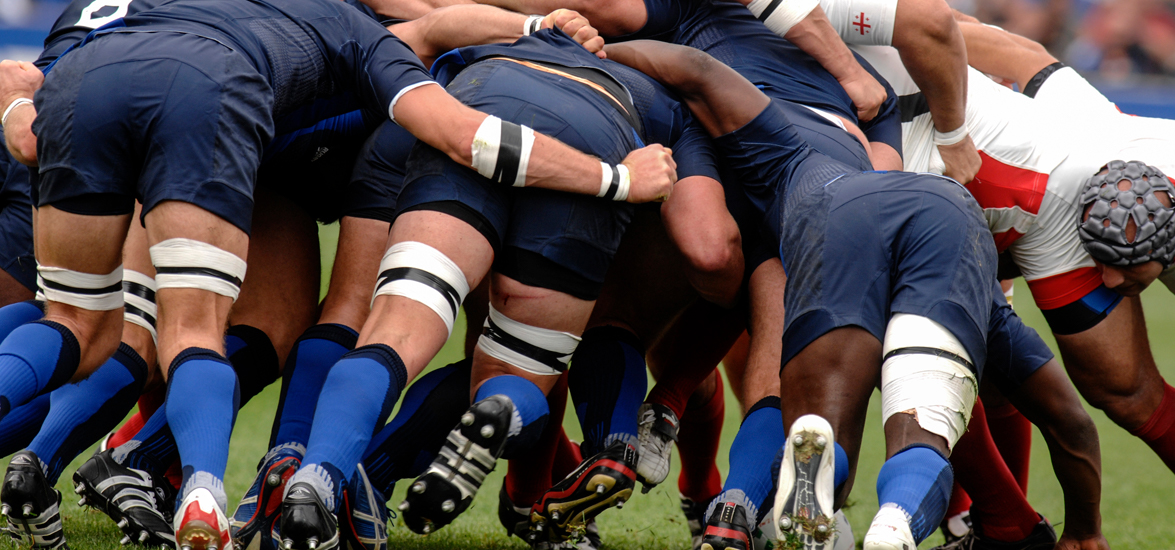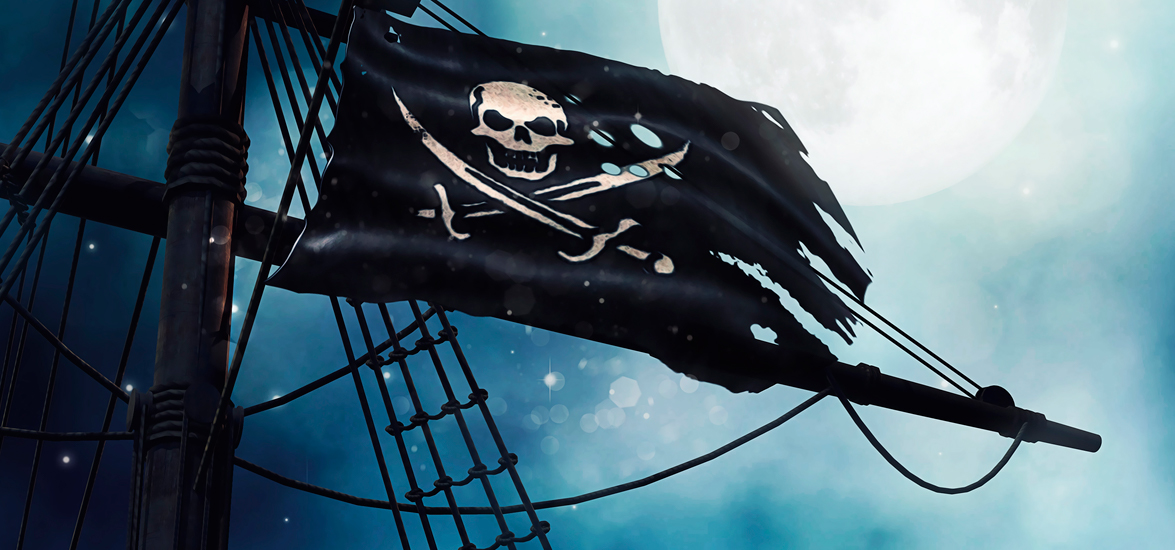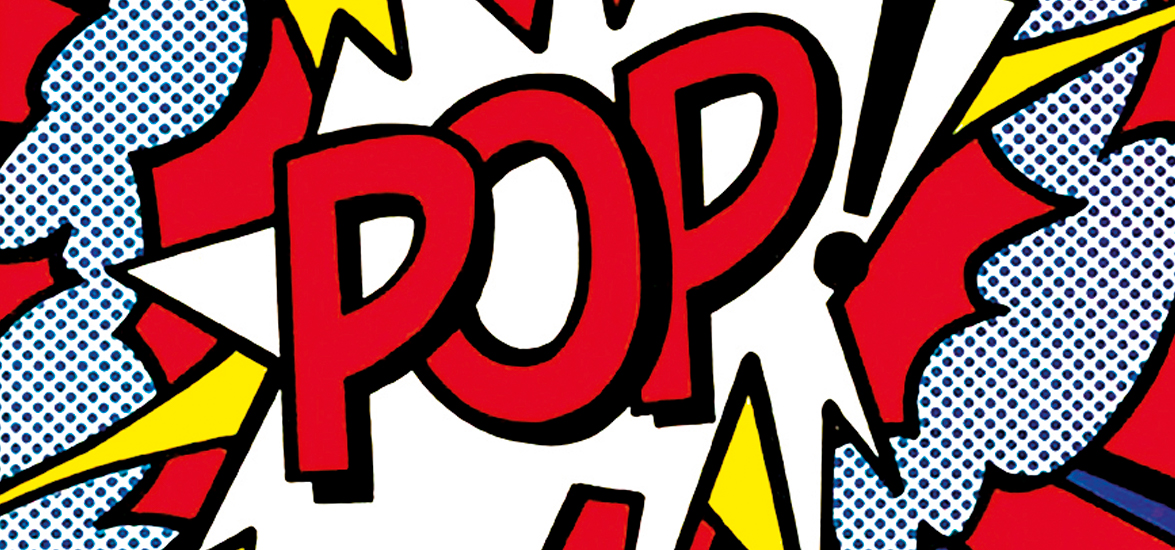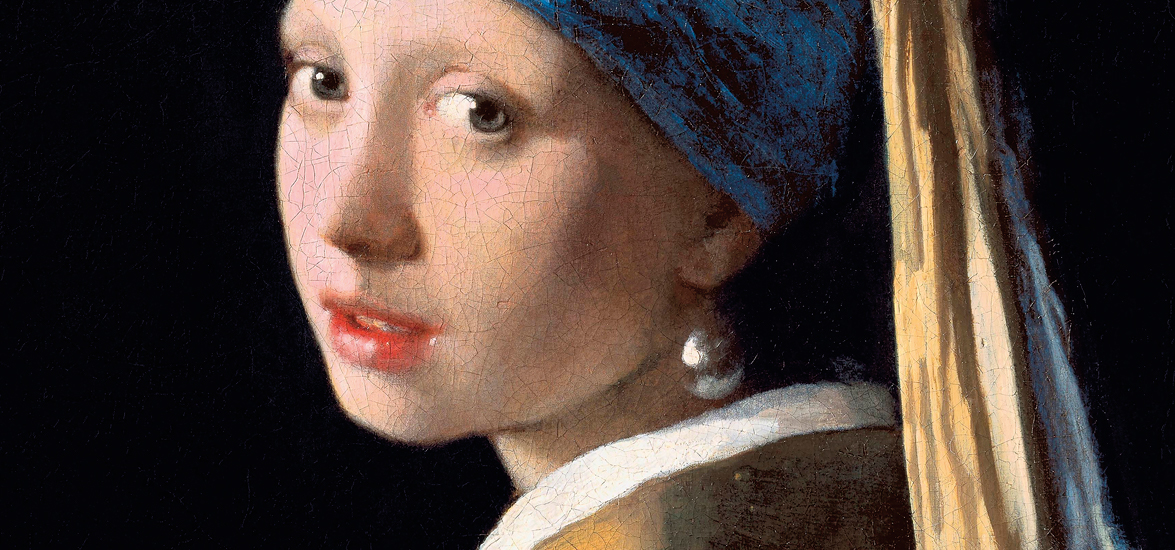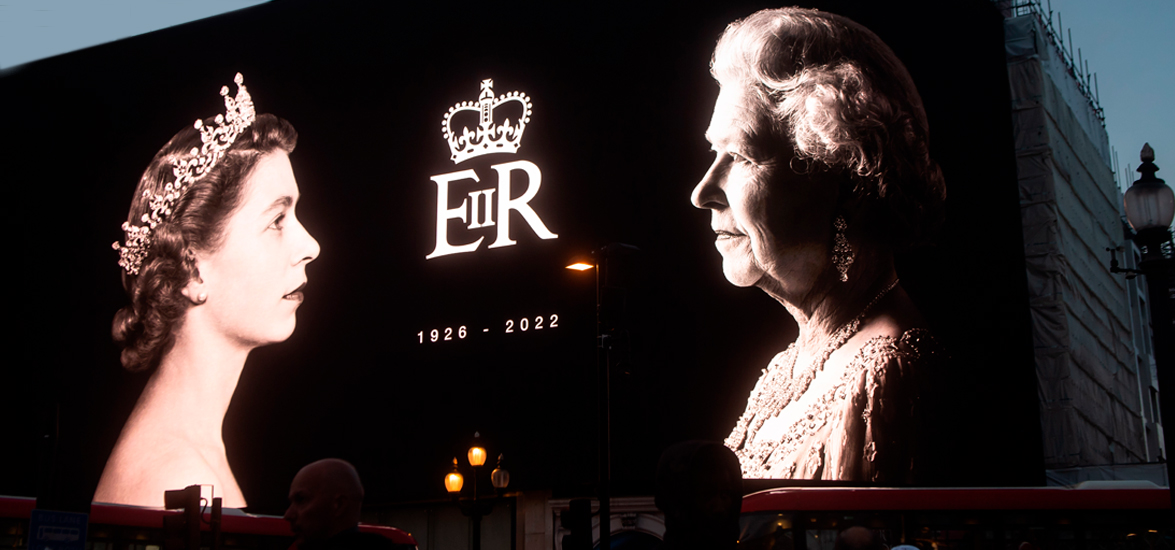
Queen Elizabeth II
HER MAJESTY QUEEN ELIZABETH II (1926-2022) The late QUEEN ELIZABETH II was not born to rule. Her father, the stammering, diffident Duke of York was thrust on the throne as George VI when his elder brother Edward VIII chose Wallis Simpson over duty, and abdicated in 1936. It was just as well for the nation. Edward’s sympathy for Hitler was apparent, particularly to the PM Stanley Baldwin, whose subtle machinations speeded Edward’s exit. George was a good king and good Read More

